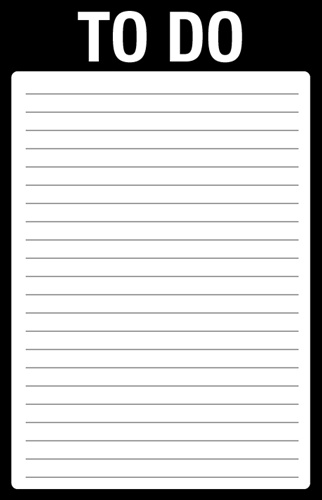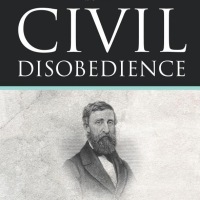Time for Free College Tuition- Don’t be a Cash Cow
Let’s not base our education system in this country on whether the parents can or can’t afford to send their child. Let’s make it for everyone. Let’s not make our college tuition a means to make money for the college. Let’s follow Germany and make higher education free. Sixty-two percent of students are unable to…










